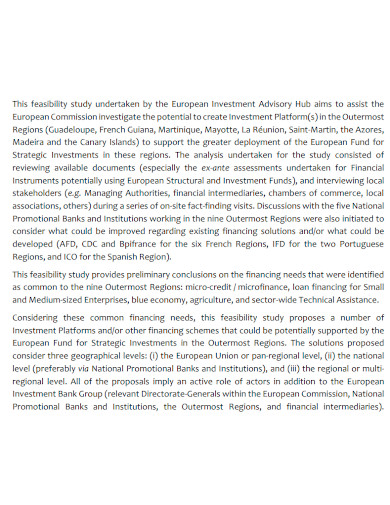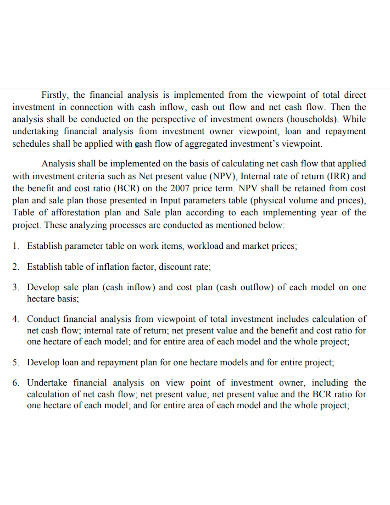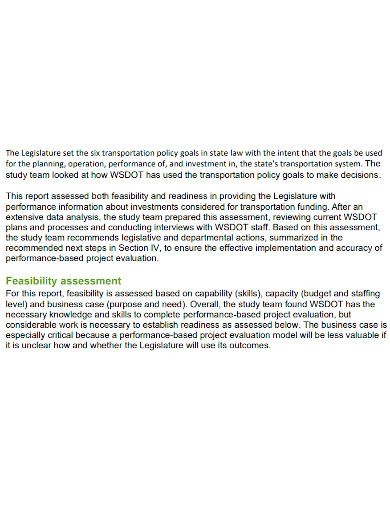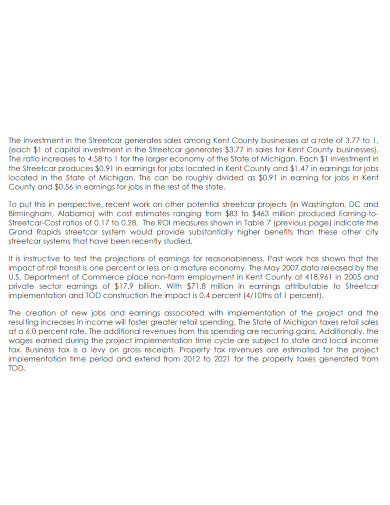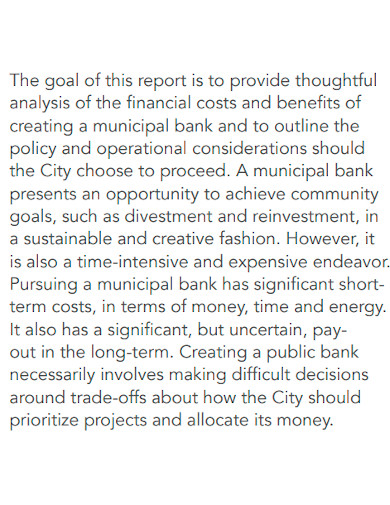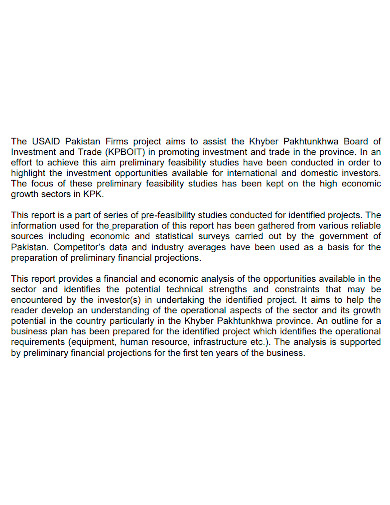The core premise of investing is expecting a return in the form of monetary income or price appreciation with significant statistics. Investment can refer to any mechanism used to generate future income. It can be in the form of bonds, stocks, real estate, among other things. Most of the time, even purchasing something that could lead to profit can be considered an investment. Purchase of property to have a location for a shop, a machine that can produce goods, can all be considered an investment, depending on the amount of risk taken, holding period, and the source of the return. Because investing is about allocating something for a future income, there is always a certain level of risk involved. And of course, you as a potential investor, would not want to see your investments go down the drain.
Risk and return go hand-in-hand in investment. Low risk usually has a low return, and higher returns are expected to come with higher risks. Sometimes investments may not even generate any income at all, or lose value over time. Or maybe you invested in a company that ended up going bankrupt, or a project that didn’t come to fulfillment. This is usually how saving is differentiated from investing; saving is accumulating money over time, while investing is using money as a leverage for a potential future gain. One can look at investments like gambling. Putting in money for a chance of higher profit. Of course, you wouldn’t want to lose in gambling, you’re here to win. A good way to really gauge an idea of what your investment might become in the future is to write an investment feasibility report. To get an idea of what an investment feasibility report really is, take a look at these investment feasibility report samples listed below. You can also use these as guides or templates, when you finally start writing your own feasibility report.
5+ Investment Feasibility Report Samples
1. Investment Feasibility Report Sample
2. Investment Feasibility Study Report
3. Transportation Investment Feasibility Report
4. Formal Investment Feasibility Report
5. Professional Investment Feasibility Report
6. General Investment Feasibility Report
What Is an Investment Feasibility Report?
An investment feasibility report, as the name suggests, assesses the feasibility of your investment. It studies factors such as investment cost, expenses, revenue, return on investment, and disbursements. It essentially asks and answers the question, Will this investment be worth it? This is a bottom line for every investor out there, they have to know whether or not they will have a significant and profitable return on investment. Even if investments involve quite a bit of risk, a well written feasibility report could at least give you a much clearer idea of where this venture is going. Instead of going in blindly without a proper grasp of what could happen.
How to Write an Investment Feasibility Report
Writing a feasibility report is and will always be good business practice. Individuals and companies alike who wish to continuously expand their businesses find the knowledge from their own feasibility reports readily available to make informed and educated decisions very important. It’s hard to imagine a successful company or investor who have never made such document. The results of your feasibility report literally decides whether your investment will be a success or not, so be sure to write it with the utmost care and scrutiny. Writing an investment feasibility report has three main components. Let’s discuss these components in more detail below.
- Determine immediate costs
The first step in developing an investment feasibility report is figuring out how much you will be investing. Make sure you have a clear idea of how much money you will be spending and where the money you invested will go. There are typical startup costs like acquiring equipment, licenses and permits, legal and accounting fees, research, marketing, insurance, and any other utilities. Being transparent with your investment is important, it gives you a much clearer picture of what will happen to your investment and how much will it bring back. - Profits and cash flow projections
After examining immediate costs, you should be able to have a rough prediction of the cash flow. Projected income, how much do you think will return to you, or how much return is offered by your investment. Usually it covers projection of sales, cost of production and services, and operational expenses, but it really depends on where you invested in. Methods of profit will be different for each venture. - Determine return on invested capital
After having projected your cash flows, the data will then be used to determine the possible return on investment of your venture. This should assess the attractiveness of the project to other investors and just the overall return of the project. There are a couple methods to estimate the return on invested capital of your investment. From the Net Present Value Method, to the Payback Period Method. Feel free to look these up for better sources.
FAQs
What are the four types of feasibility?
Operational. Economic. Technical. and Schedule.
What is a good investment?
A good investment is one that fulfills your financial goals, fits your preferred risk tolerance, and of course, makes money. Investing is all about making do with what you have. One person’s bad investment may be another person’s good investment.
What are the three types of investors?
Pre-investor. Passive Investor. And Active Investor.
Despite how and what you choose to invest in, make sure to research your target and your investment manager or platform. The amount of consideration, and money needed depends entirely on the type of investment and the investor’s financial position. So, it is best to not have your investments wasted and turn into nothing. According to the accomplished investor Warren Buffet, “Never invest in a business you cannot understand”.
Related Posts
Sample Chemistry Lab Reports
School Accomplishment Report Samples & Templates
Field Report Samples & Templates
Sample Science Project Reports
Business Report Samples & Templates
Survey Reports Samples & Templates
Sample Feasibility Reports
Psychological Assessment Report Samples [ Clinical, Child, Intake ]
Report Format Samples & Templates
Acknowledgement for Internship Report Samples [ Hotel, Hospital, Teaching ]
Field Trip Report Samples [ Agriculture, Educational, Environmental ]
Student Counseling Report Samples
Narrative Accomplishment Report Samples [ Science, Teacher, Reading ]
Sample Acknowledgment Report Templates
Internship Narrative Report Samples

